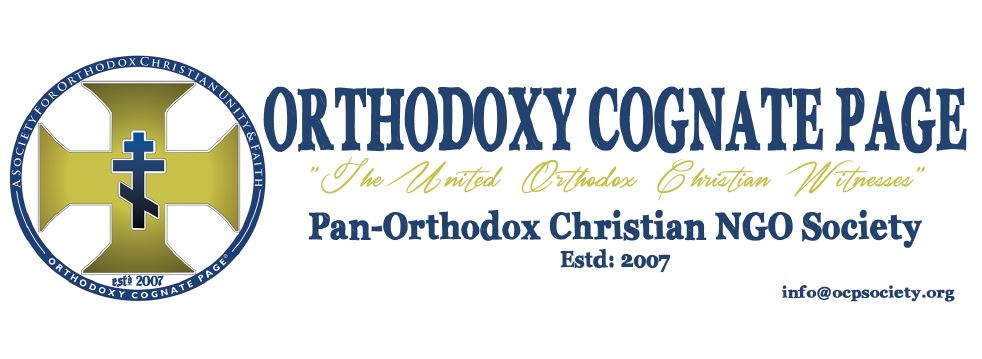Armenian book’s divine breath through the ages
Georgiy Saakov – 8/2/2013
Tashkent, Uzbekistan – The very first hand-written Armenian book that came to be known as “Astvatsashunch” (“The divine breath”) was the Bible translated 1600 years ago by Saint Mesrob Mashdots, the creator of the Armenian alphabet and the beginner of the native literary tradition. That was followed by original religious, historical, philosophical, scientific, medical, and literary milestones engraved by the legendary authors Agathangelos, Pavstos the Byzantine, Koriun, St. Movses Khorenatsi, Frik, Lazarus Barbedzi, David the Invincible, Eznik of Koghb, Nerses Shenorhali, and multitude of others.
“It is better to have blind eyes than blind reason”, said chronicler Yeghishe about romantic time of the fifth century when “Armenian Wisdom” was born in the dark monastic cells. Thanks to the manuscripts hand-copied by monks we today know of our past first-hand.
Under the pressures of time Armenian statehood fell into decay but for many centuries hand-written thoughts were still appearing both inside the medieval universities of Gladzor and Tatev and in such Armenian scholarship centers as Haghpat, Sanahin, Van, Akhtamar and Karin monasteries up till 1512 when “Urbatagirk” (“Book of Fridays”), the first printed Armenian book came off the printing press in Venice. In 2012, to mark the 500th anniversary of the work of Armenian printing pioneer Hakob Meghapart (Jakob the Sinner) UNESCO designated Yerevan as the Book Capital of the World.
With this milestone the Armenians were if not “ahead of the entire planet” then not too far behind Johannes Gutenberg, who introduced the printing press in 1439. In the way of comparison, the first book in Arabic was printed in 1514, in Persian in 1546 and in Russian in 1564.
In subsequent decades and centuries most of Armenian books were published in the Diaspora. Such patrons as Abgar Dpir Tokhatetsi, Yovhannes Jughayetsi, Khachatur Kesratsi appreciated the significance of the revolutionary discovery and continued the Armenian printing literary tradition. It offered means to produce multiple copies of diverse texts faster and less expensively than by hand-copying manuscripts.
The eighteenth century is considered a period of Armenian enlightenment. With the support of the wealthy Armenian merchant class literary and printing activity began to flourish in many centers of the expanded Diaspora, including London (1736), Madrid (1770), Calcutta (where the first Armenian newspaper Azdarar was published in 1795), St. Petersburg (1781), Nakhichevan (1790), Astrakhan (1796), Moscow (at the Lazarev Institute of Oriental Languages) and Constantinople became the Armenian Book capital.
260 years after “Urbatagirk” was printed in Venice, the first printing press was established in the Armenian homeland in Vagharshapat (Holy Etchmiadzin, Armenia) in 1772 thanks to the efforts of the Catholicos Simeon Yerevantsi.
During the nineteenth century scholarly and literary Armenian periodicals were being published throughout the Armenian world including Bombay (1810), Vienna (1812), Tiflis (1823), Shushi (1828), Jerusalem (1833), Cairo (1865), Baku (1872), Alexandria (1888), Geneva (1891), Athens (1892), Tehran (1894), Boston (1899). The first Armenian press in the United States was set up in 1888.
Printing of the Armenian thinkers’ works was continued by Sargis and Mardiros Dpir, Chichin Hovhannes, Stepanos Petrosyan, Poghos Aranian, Shahamir Shahamiryan, Grigor Khaldareants (for many decades he was the main book publisher of the Ottoman Empire) and in the monastery on the Venetian Island of San Lazzaro, founded by Mkhitar of Sebastia.
The Soviet heritage and beyond
There are various ways to assess the 70-year Soviet heritage for Armenia. However there is no doubt the “great power” had successfully cultivated the printed word. Inhabitants of then the “most read” country got acquainted with the multinational Soviet literature, including the widely released Armenian authors. Works of such prominent writers as Raffi, Khachatur Abovyan, Hovhannes Toumanyan, Avetik Isahakyan, Yeghishe Charents, Paruyr Sevag, Hovhannes Shiraz, Misag Metsarents, Levon Shant, Derenig Demirchyan, Hrant Matevosyan were translated into Russian, telling the often tragic story of the people that combined both masculinity and tenderness.
That all is now in the past and the read-reread Armenian novels, which became a great addition to the global Armenian printing culture, are on the shelves as “literature without the reader.” The work of a literary translator is little paid and the profession is gradually dying.
In the post-Soviet period, as the focus on the classical language was lost, the aesthetic and ethical degradation happened. There has already grown an accomplished generation that is familiar not with the fundamental authors but with the producers of the manufactured “fast-read” products. Books and reading are no longer an attribute of life and the incomparable book page rustling has been substituted by flickering screens of virtual games.
Armenian publishing faces the same challenges as all the other countries and is essentially fighting for survival. State and philanthropic support is so necessary both in Armenia and Diaspora.
On the eve of Armenian printing 500-th anniversary a new version of the original “Urbatagirk” printed by “Zangak” publishing in original black and red text, was at the center of the celebration events.
“Preliminary work and translation into the modern Armenian Ashharabar lasted about two years and my goal was to introduce the publication to a wide range of readers”, a young philologist Lusine Avetisyan said. “Book of Fridays” consists of prayers and spells which were used long ago by the Armenians who visited temples on Fridays to heal their suffering relatives. Such content once made by the pious Hakob Meghapart (“the Sinner”) for the collection was justified. Henceforth, people saw every book written in the Mesroibian alphabet became a healer of the human spirit.

